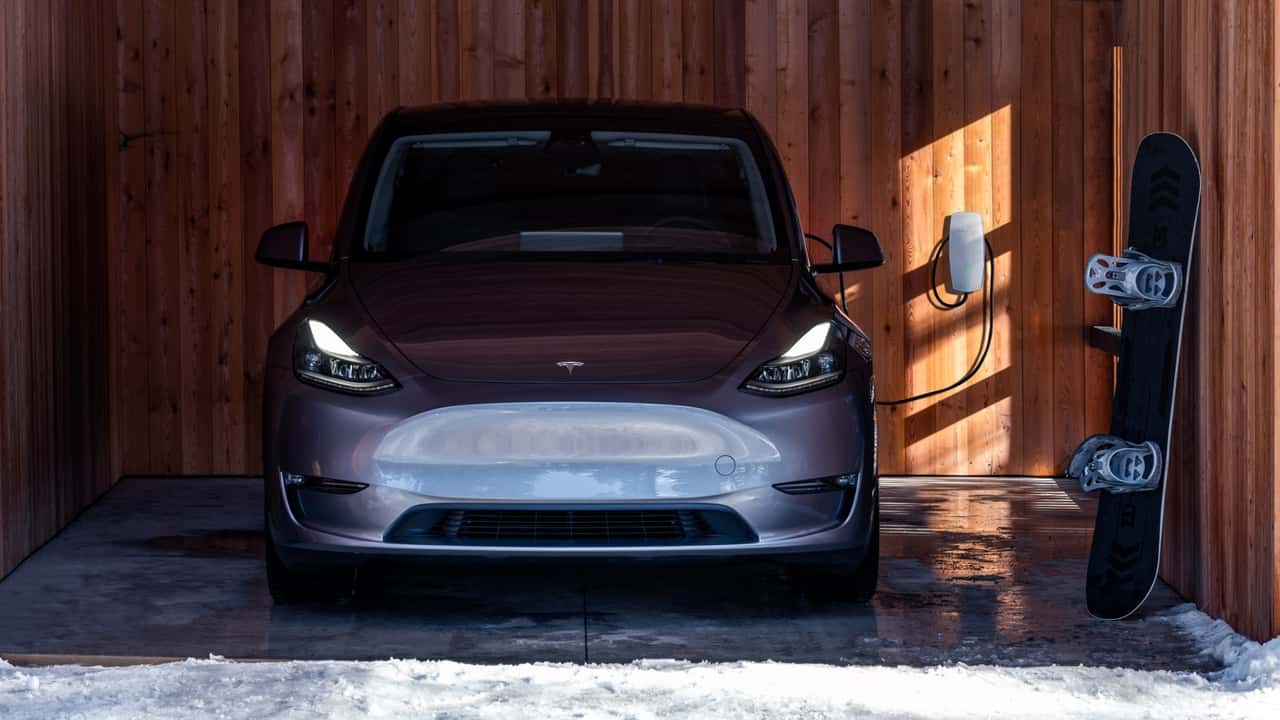Tesla is working on some tweaks that are designed to claw back some of the advertised driving range that was lost after the Environmental Protection Agency (EPA) imposed new rules for testing and certifying an electric vehicle’s range and energy efficiency.
The news comes from well-known Tesla hacker and reverse-engineering expert @greentheonly, who found traces of the company’s future intentions inside the software version number 2023.44.30.8, including a so-called “Efficiency Package 2024” intended for the Model Y, Model S, and Model X.
Get Fully Charged
Tesla is trying to increase the advertised driving ranges of its EVs
After losing between 7 and 37 miles of advertised driving range for most of its EVs because the EPA changed the testing rules for the 2024 model year, Tesla is trying to get back some of those miles through a so-called "Efficiency Package 2024," a software expert has revealed.
Coincidentally, the three EVs are also the ones that were affected by the recent change in the EPA testing procedure that saw a reduction in the driving range between 7 and 37 miles for most of the three models’ trim levels (with the exception of the Model S Long Range AWD with 21-inch wheels, which actually saw an increase of 7 miles after the change).
It’s worth noting that the cars aren't any different to the units that were manufactured before the change and that all EV makers are affected by the new EPA rule. Furthermore, the expected real-world range is the same.
That said, it looks like Tesla wants to implement some changes that will help its EVs regain some of the advertised range, which can help in the eyes of prospective buyers. The problem is, we don’t know what those changes will be.
The Elon Musk-led automaker already started removing two out of the three available stopping modes for the Model Y and Model 3–Creep and Roll, leaving only the Hold function in place, possibly because it’s the most energy-efficient out of the group.

Tesla Model Y
While this may seem unnecessary, the new EPA rule is targeted directly toward EVs that have multiple driving modes and is designed to bring the estimated range and energy efficiency numbers that are produced in controlled conditions in a lab closer to those expected in the real world. Here’s what the changes say, in a nutshell, as per the EPA:
A vehicle with a single default drive mode may be tested for MPGe and range in that mode. If a vehicle has drive mode effecting features that allow the default drive mode to be changed from drive to drive, then it is not considered to have a single default drive mode. If a single default drive mode does not exist, the manufacturer must test for range and MPGe in one of two methods:
1. Determine the best-case and worst-case latching modes for range and MPGe. Test in both modes and average the results.
2. Determine the worst-case latching mode for range and MPGe and test in that mode only.
In other words, there’s an emphasis on using more than one driving mode (if available) or even using the least energy-efficient one instead of how things used to be, and that’s by using the most frugal mode available.
It’s interesting to note that the Stealth Grey color slated for the Model Y is already being offered in the United States as the default color option. Furthermore, it looks like the Model S and Model X will get a redesigned steering wheel and steering yoke that feature a so-called “mechanical horn,” which is probably fancy-talk for a good, old-fashioned “press-to-honk” type of deal.

